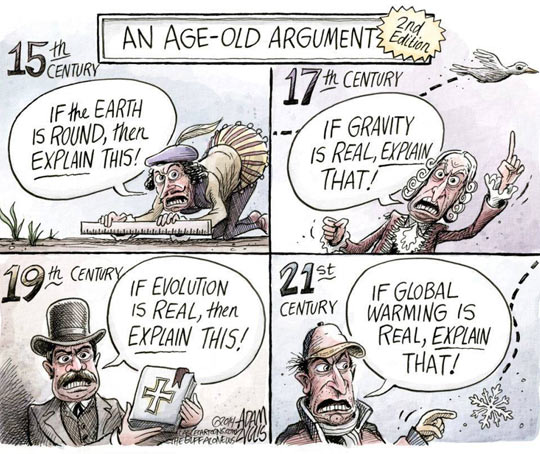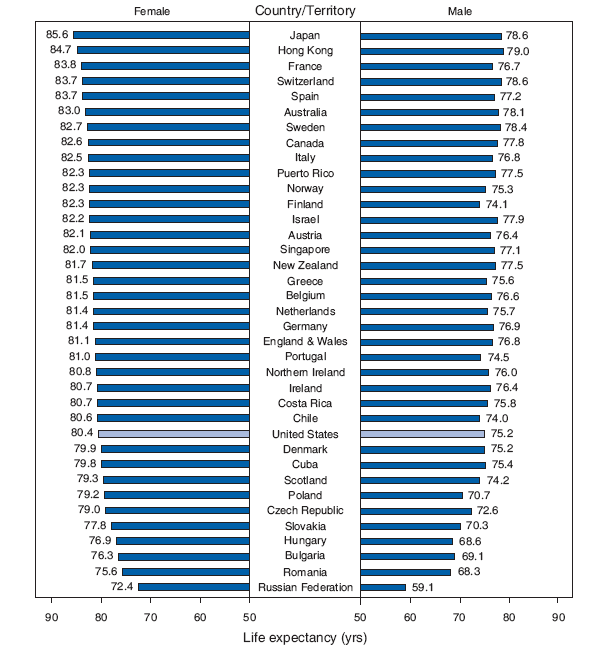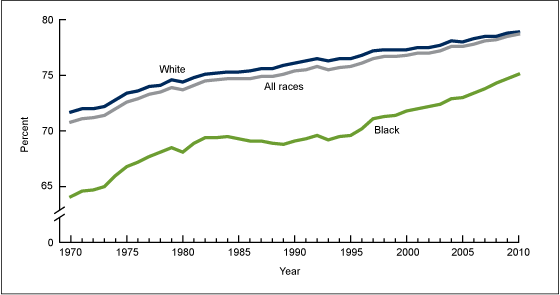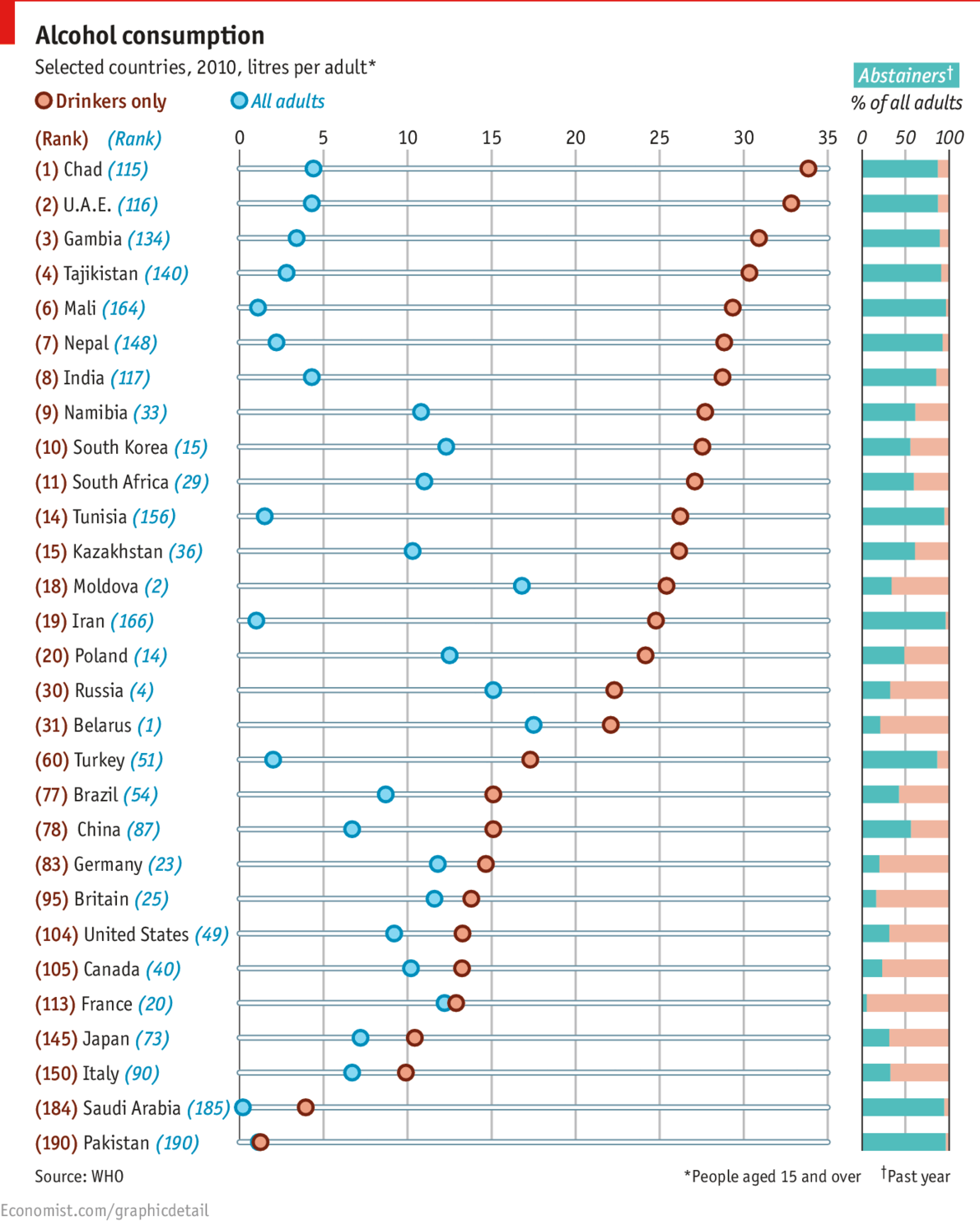I just finished reading
The Civil War of 1812: American Citizens, British Subjects, Irish Rebels, & Indian Allies by Alan Taylor. It focuses on the portion of the war fought on the U.S.-Canadian border. While there were (temporary) successes on the border between the United States and Upper Canada, the final peace treaty returned the borders to their positions before the war.
It was a war that we think of as between the United States and Great Britain, but it was also a war that involved Indians (living close to that border such as the Iroquois nations, but also Creek tribes in Georgia and Alabama). Taylor also draws attention to the role of Irish in the war.
The British regulars fought well, as did U.S. regulars late in the war under Winfield Scott. Militias seldom did, the exceptions being those in the north under Harrison and those at New Orleans under Jackson. The Indians were the most effective fighters, controlling the wilderness and sometimes getting troops to surrender before a fight began.
American naval control of Lake Erie and Lake Champlain were important factors in the war, as was in its own way the failure of either the United States or Great Britain to eliminate the other's forces from Lake Ontario.
The Timeline
It is important in understanding this war to realize it came at the end of
the Napoleonic Wars. The War of 1812 was declared by the United States on June 18, 1812. By that time Napoleon had been the leader of the French government for more than a decade. On April 30, 1803 he sold Louisiana to the United States and on May 18, 1803 France had declared war on Great Britain. In March 1814, Britain and its allies entered Paris, and less than a week later Napoleon abdicated. In the War of 1812, Peace negotiations began in early August of 1814 and a final agreement was signed on December 24, although both sides had to ratify it before it could take effect. (Of course, Napoleon escaped from British custody in January 1815 and the Napoleonic war continued until he was finally defeated in the Battle of Waterloo in June.)
Great Britain was greatly extended by this war. On the one hand some war policies of Great Britain were so onerous to the United States that they were seen as among the causes of the war; these policies included impressment of U.S. citizens to serve in British forces and barriers on U.S. trade with France. Moreover, Great Britain saw the war with the U.S. as a secondary to the war on the continent, minimizing its forces in North America until 1814 when the war in Europe was ended. Ultimately, a war weary Great Britain may have been more willing to cede points in the Treaty of Ghent, which ended the war.
The Book's Geographic Emphasis
It is also important to realize that the book focuses heavily on the war in the region shown on the above map. This was an important region, especially in terms of the point that author Taylor is making in the book, However, the war was fought on a broader scale than an unwary reader of his book might recognize.
An important portion of the war was fought at sea or as the British navy attacked the Atlantic and Gulf coasts of the United States; thousands of merchant ships were taken by the navies and privateers during the war. The losses of shipping while not crippling were important economically. The interruption of trade by naval blockades was also damaging to both economies. The British navy in 1814 conducted a Chesapeake campaign, remembered in the United States for taking of Washington and the burning of the White House as well as the
There was also an important campaign in the south which lead eventually to U.S. acquisition of Florida and to the defeat of the Creek nation, absorption of the territory that they controlled, and ultimately to their removal from east of the Mississippi. Indeed, it seems likely that the southern campaign led eventually to the transfer of Florida from Spain to the United States.
Finally there was a campaign in what was then the west, which included the Battle of New Orleans. That battle, perhaps the most remembered in the United States, occurred after the Treaty of Ghent was signed but before it was ratified.
I would strongly recommend that you read
the Wikipedia entry on the war for a broad but not too detailed a picture of the war.
Taylor's Thesis in My Words
Today we think of the USA, Great Britain, Canada and Ireland as different nation states, and of the American Indians as a distinct cultural group with overriding common interests. At the beginning of the 19th century people did not necessarily hold those as their critical identities. The nation-states were still forming in common consciousness of the nations, and divisions existed that could (and in some cases did) divide nations permanently.
The divide between north and south in the United States that would lead to the Civil War was present, and people still identified with their states; western settlers understood their interests were different than those of people in the east. Federalists (primarily in the north) and Republicans (primarily in the south were deeply divided; by 1814 northern Federalists held the Hartford Convention to demand changes in the Constitution and were contemplating secession. Some thought that part or all of the British Canadian colonies could become part of the USA.
Most people in England, Scotland, Wales and many in Ireland and Canada saw Great Britain as a single colonial power, including Ireland and Canada. Some thought the American Revolution could be reversed in whole or in part, and some of the USA returned to colonial membership in Great Britain.
Lower Canada and Upper Canada were different colonies, and Canadian unification had not yet taken place. People in Francophone and Catholic Lower Canada saw their identity as different from that of the Anglophone and Protestant British and of the Anglophone settlers in Upper Canada as well as different from Anglophone Protestant people in the USA. Some in Upper Canada saw opportunities to rejoin with the USA under British Rule, while there were deep battles for political power among different groups of settlers in Upper Canada.
The United Irishmen had revolted against British Rule at the end of the 18th century, and many in the Irish ascendancy had sided with the British to put down the revolt. There was then what was for the time a large scale immigration from Ireland to Canada and the United States. Many Irish fought in the War of 1812, some for the British, some as immigrants to the USA, some as immigrants to Canada. Some saw the war as a continuation of the fight for greater Irish independence.
Indians in the northern field of battle tended to ally themselves with the British, but some fought on the side of the USA; and indeed members of the Iroquois nations fought each other.
Tecumseh and his brother were seeking to form an Indian coalition with enough power to resist the move of settlers from the eastern USA into the west. In the south, Indians joined with the forces led by Andrew Jackson to fight against the Creeks.
The War of 1812 and the view of its importance formed in different nations changed many of these sentiments. National identities as Americans and Canadians were strengthened, and the division between old world and new was more clear. The war divided people who had seen themselves as in the same ethnic group, and united people in new national identities, as a civil war will do.
The border between the USA and Canada was better established as an international border in people's minds. The Federalist party was essentially undone, the Republicans were riding high. The legitimacy of the United States was better established in the minds of the British. Canadian colonies were soon to take the first steps on the road to a Canadian Union. The alliance between North American Indians and the British was gravely weakened, the Indian nation dreamed of by Tecumseh was in ruins, never to be revived; the Indians themselves would eventually be reduced in tribal importance and many tribes would be removed to reservations west of the Mississippi. The Irish in Ireland would eventually get their republic in the south of that island, and in north America were on their way to becoming ethnic groups within the USA and Canada.
What Did I Learn From the Book About the USA?
The Founding Fathers made rather bad mistakes at times. Thomas Jefferson was the principal author of the Declaration of Independence and the Virginia Statute for Religious Freedom. James Madison was the principal author of the Constitution and an author of the Federalist Papers. Both were important Founding Fathers. Yet as presidents both thought the government should have weak standing army and navy and low taxes, and that the militia could adequately defend the nation. They were wrong, as was proven in the War of 1812, and the nation went on to greatly strengthen the navy after the war. (That was a mistake U.S. political leaders would make again and again subsequent years.)
Madison, as president, apparently seriously misjudged the relative military strength of the United States and Great Britain, leading the nation that only by luck in the final treaty negotiation turned out not to be ruinous. His tax policies were inadequate to fund the war, and to raise the money his government sold bonds are deep discounts -- sometimes to people I see as traitors; to get the money to fight the war he compromised the war effort.
Taylor suggests that the proper strategy would have been to control the St. Lawrence River from the U.S. shore, thereby starving the British settlers and forces in Upper Canada. He would then have had a unified force attack Upper Canada, perhaps crossing the Niagara River to do so. Madison (perhaps acceding to the will of a wealthy land owner in the St. Lawrence Valley who was profiting from the illicit trade of the valley's settlers with the enemy) divided his forces and sent three small armies to fight on different parts of the border.
Madison also entrusted the leadership of the army to politicians unskilled in military leadership, strategy nor tactics. That was a disastrous blunder. He sent militias into battle with inadequate training and equipment, with inadequate logistical support, and with inadequate leadership and they most often performed as you would expect -- very badly indeed.
The southern plantation owners did not want their militias to fight because they wanted them to hunt escaped slaves and prevent slave uprisings. Many in the north continued to trade with England, and indeed provided needed supplies to the British troops in Spain and in Canada. There was a brisk illegal trade between Lower Canada and the adjoining U.S. states which would under today's laws be seen as treasonous support for enemies.
It Takes A Long Time To Build A Democracy
Four score and seven years ago our fathers brought forth on this continent, a new nation, conceived in Liberty, and dedicated to the proposition that all men are created equal.
Now we are engaged in a great civil war, testing whether that nation, or any nation so conceived and so dedicated, can long endure.
Abraham Lincoln, The Gettysburg Address
As Lincoln said in 1863, it was still not clear whether a democratic government could survive. Many people thought it could not. Certainly the book suggests that the government of the United States was not functioning well in the War of 1812. Canada was still a diverse set of colonies of imperial Britain, even earlier in the process of becoming a well governed democracy than the USA
One of Taylor's points in the book is that many of the British leaders firmly believed that government had to be in the hands of an autocratic king and an aristocracy for governance to be effective -- for the people to live in peace, the economy to run efficiently, and the country to be well defended against foreign enemies.
The United States still had to develop a wider suffrage, and democratic parties that could legislate well, It had to develop institutions such as a federal bank, an effective army and navy, and a system of taxation. Indeed it had to develop an effective governmental bureaucracy.
A good read, although I had great trouble keeping all the names straight.































,_2nd_president_of_the_United_States,_by_Asher_B._Durand_(1767-1845)-crop.jpg/330px-US_Navy_031029-N-6236G-001_A_painting_of_President_John_Adams_(1735-1826),_2nd_president_of_the_United_States,_by_Asher_B._Durand_(1767-1845)-crop.jpg)




